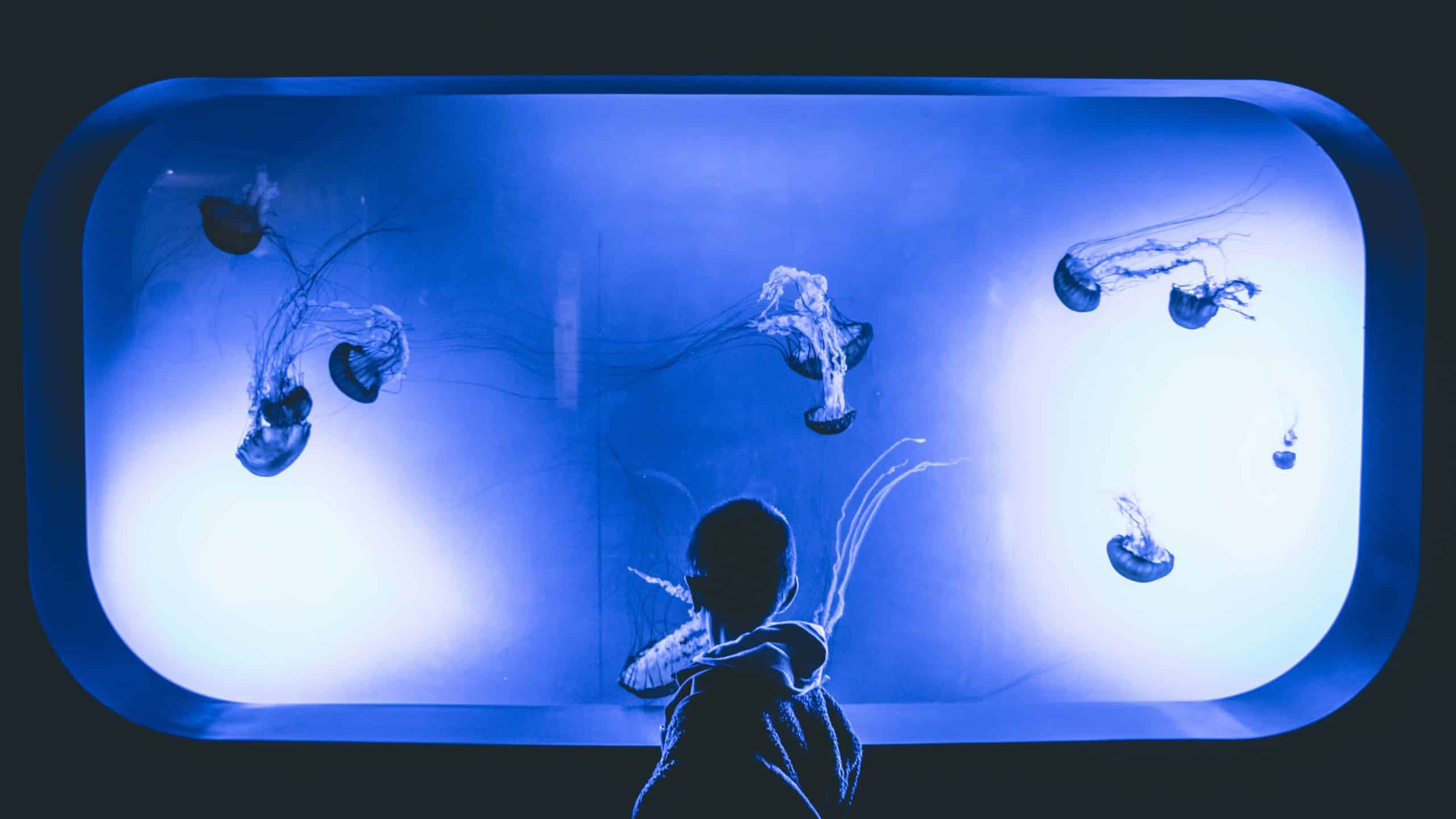What Is the Most Efficient Water Reclamation System for a Home with Multiple Aquariums?

If you’re a proud owner of several aquariums, the idea of efficiently recycling and filtering your tank water may have crossed your mind. Indeed, water reclamation systems can offer myriad benefits, from reducing your water bill to ensuring your fish enjoy a consistently clean environment. But what are these systems, and which is the most efficient for a home with multiple aquariums? In this article, we delve into water reclamation, its benefits, and the best options available.
Understanding Water Reclamation Systems
Before we move on to the most efficient systems, let’s first understand what water reclamation entails. In essence, it involves treating and reusing water from various sources, such as greywater from washing machines and sinks, or in this case, aquarium water. The goal is to remove contaminants and provide safe water for various uses, including gardening, toilet flushing, or even drinking.
A lire en complément : How to Build an Elegant Tea Room with Traditional English Decor?
The Role of Aquarium Water in Reclamation
Aquariums house numerous fish, which produce waste frequently. Over time, this waste accumulates, leading to high levels of contaminants that could harm your aquatic friends. Rather than discarding this water, you can choose to treat and reuse it, benefiting both your wallet and the environment.
The reclamation process involves several methods, including filtration, reverse osmosis, and sterilization. Each plays a crucial role in removing contaminants and providing clean, safe water.
A lire également : How to Incorporate an Industrial-Style Rolling Ladder in a Home Library?
The Importance of Filtration in Water Reclamation Systems
When it comes to water reclamation, filtration is undeniably the first step. Filters physically remove large particles from the water, including fish waste, uneaten food, and other debris.
Types of Filters in Aquariums
Various types of filters are available for aquariums, each designed to remove specific contaminants. For instance, mechanical filters trap solid waste, while chemical filters remove harmful substances such as chlorine, ammonia, and nitrates. Biological filters, on the other hand, contain beneficial bacteria that break down aquarium waste into less toxic substances.
Choosing the right filter for your aquarium can significantly impact the efficiency of your water reclamation system. However, remember that filtration alone can’t eliminate all contaminants. This is where reverse osmosis comes into play.
Reverse Osmosis in Water Reclamation Systems
Reverse osmosis is a versatile treatment method, capable of removing most dissolved solids, organic compounds, and harmful chemicals that filters can’t capture. In an aquarium setting, a reverse osmosis system can provide your fish with the purest water, free from most contaminants.
The Mechanism of Reverse Osmosis
In a reverse osmosis system, water passes through a semi-permeable membrane under pressure. This membrane effectively sieves out most impurities, allowing only clean water to flow through.
For aquariums, reverse osmosis can be beneficial, particularly for sensitive fish species that require high-quality water. However, it’s worth noting that this method also removes useful minerals, which you’ll need to replenish to maintain a healthy aquarium environment.
Managing the Balance with Greywater Systems
While filtration and reverse osmosis are essential for treating aquarium water, they can strip the water of beneficial elements. Greywater systems can help maintain these elements, making them a vital part of any water reclamation setup.
How Greywater Systems Work
A greywater system collects and filters lightly used water from your home, like that from showers and washing machines. This water is typically rich in nutrients, making it ideal for irrigating your garden.
For aquarium owners, greywater systems can provide a valuable source of nutrient-rich water. By mixing greywater with treated aquarium water, you can create a balanced environment for your fish, complete with the essential minerals they need.
The Final Component: A Reliable Pump
The final piece of the puzzle in an efficient water reclamation system is a dependable pump. The pump’s job is to circulate the water through your aquariums and the reclamation system, ensuring a continuous cycle of treatment and reuse.
Selecting a Pump for Your System
The type of pump you choose will depend on the size and number of your aquariums, as well as the complexity of your water reclamation system. For multiple large tanks, a high-capacity, durable pump will be necessary.
In conclusion, the most efficient water reclamation system for a home with multiple aquariums combines effective filtration, reverse osmosis for thorough cleansing, a greywater system for balance, and a reliable pump for continuous circulation. By implementing this type of system, you’ll not only ensure the health and happiness of your fish but also contribute to water conservation efforts.
Selecting a Water Softener for Your Aquarium Water
Water softeners are a crucial part of any water reclamation system, especially if your tap water is hard or contains high levels of minerals. Hard water can cause issues for both your fish and the overall system, making water softeners a must-have.
The Role of Water Softeners in Aquariums
A water softener works to reduce the hardness of your water by removing excess minerals such as calcium and magnesium. This process is essential as hard water can lead to mineral build-up in your aquarium and reclamation system, causing potential damage and reducing effectiveness.
In the context of aquariums, water softeners are especially useful for species that thrive in softer water. They ensure the water in your fish tanks is suitable for the health and comfort of your aquatic friends.
When selecting a water softener, you should consider the size and number of your aquariums and the hardness of your tap water. A larger and more advanced softener may be necessary for multiple aquariums or particularly hard water.
Wastewater Treatment and Storage Tank for Your Reclaimed Water
Lastly, a wastewater treatment system and a storage tank are crucial components of your home’s water reclamation system. These components ensure that the treated aquarium water is stored safely and efficiently, ready for reuse.
The Necessity of Wastewater Treatment and Storage Tanks
A wastewater treatment system processes the water that has been filtered, softened, and treated through reverse osmosis. It helps to remove any remaining contaminants, providing an additional layer of purification for your reclaimed water.
A storage tank, on the other hand, safely stores your treated water until it’s needed. It should be large enough to hold a substantial volume of water, especially if you have multiple aquariums. This ensures that you always have a reserve of treated, safe water for your aquariums, reducing the need for constant treatment processes.
By using a wastewater treatment system and a storage tank, you can significantly improve the efficiency of your home’s water reclamation system. These components will ensure that your reclaimed water is as clean and safe as possible, providing an ideal environment for your aquarium inhabitants.
Conclusion
Managing multiple aquariums can be a challenge, but with the right water reclamation system, it can be made much simpler and more efficient. The most effective system for a home with multiple aquariums combines filtration, reverse osmosis, water softening, wastewater treatment, and a reliable pump for circulation. A greywater system and a storage tank are also important to ensure a continuous supply of balanced and safe water for your fish.
In addition to benefiting your aquatic friends, this system contributes to water conservation efforts, making it an environmentally friendly solution. By investing in a comprehensive water reclamation system, you can ensure the longevity of your aquariums, promote the health of your fish, and significantly reduce your water consumption.
